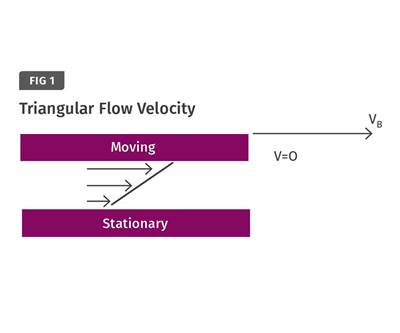Extrusion Know How
Extrusion: The Role of Polymer Density in Screw Design
Density affects the mass flow rate, and energy transfer is based on mass, not volume. As a result, polymer density enters into practically every calculation in a screw design.
Read MoreExtrusion: The Facts About Barrel-Temperature Override
Cooling the barrel more may extract heat from the barrel, but not necessarily from the process. Here’s why.
Read MoreExtrusion: The Importance of Proper Barrel Supports
Supports that allow the barrel to expand and contract easily will prevent alignment issues. Examine them periodically for proper operation, particularly if you’re experiencing excessive wear.
Read MoreHow to Collect and Interpret Extrusion Process Data; Part 3
In this final installment, learn how process data can be used to identify and fix extrusion issues.
Read MoreExtrusion Cooling: It’s All About Turbulence
Regardless of what you are extruding, in order to maximize cooling you need to generate turbulence at the heat-exchange surface.
Read MoreSharper Dies Make for Smoother Extrusions
Dies that have a radius at the exit will result in poorer surface finish.
Read MoreSizing the Barrier Gap
Here’s a less complex way to properly size the barrier gap for barrier screws.
Read MoreOptimize Feeding to Get More Money in Twin-Screw Compounding
Follow these practical examples to improve the feeding efficiency and productivity of your process.
Read MoreHow ‘Hydro Wedges’ Reduce Screw Wear
Using them only in the melting section provides for greater design freedom and negates the impact these devices can have on output and melt temperature.
Read MoreExtruding with Fillers
You can use the reference point from processing unfilled polymer to determine whether you can run filled resin on your current system.
Read More


















